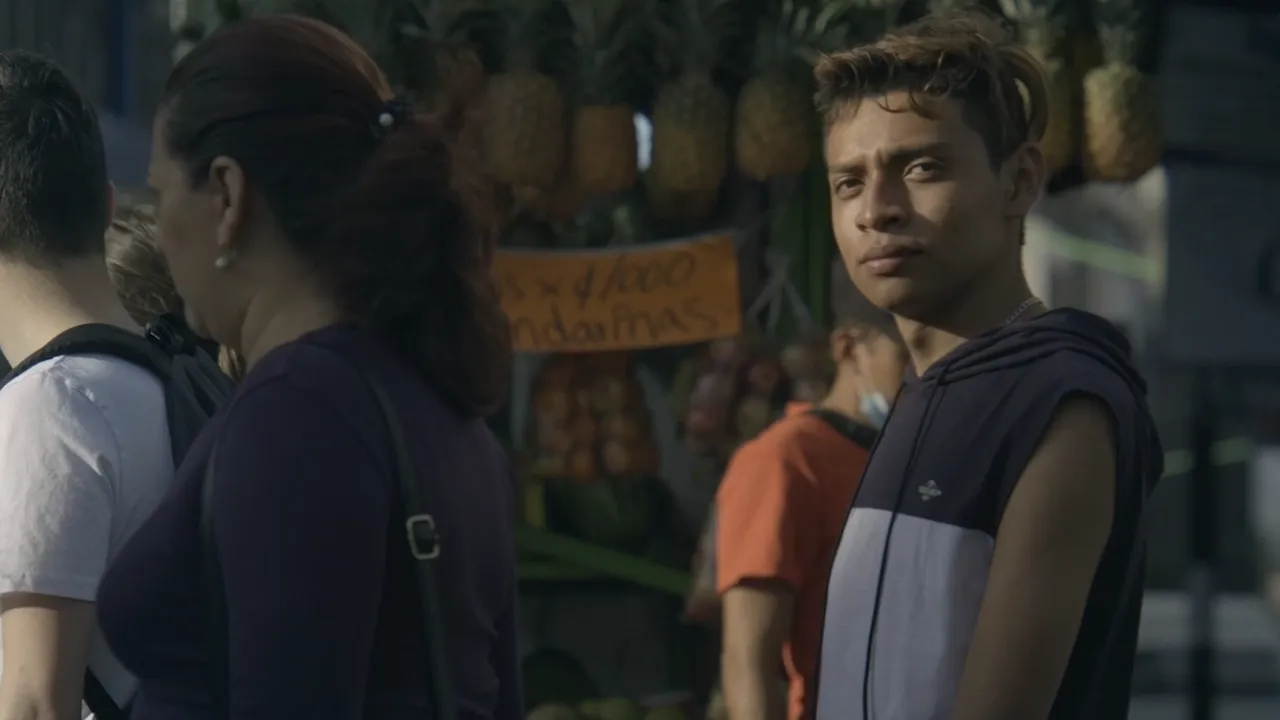Gone are the days when getting directions in Costa Rica was like deciphering a heartfelt poem, with landmarks as verses and local lore as the chorus. Filmmaker María Luisa Santos, along with her partner Carlo Nasisse, brings this fading tradition to life in their short film “Direcciones,” capturing the essence of Costa Rican navigation – a tapestry woven with threads of guidance, community, and memory.
The Art of Costa Rican Directions:
In Costa Rica, asking for directions used to be an invitation to a storytelling session. Instead of a dry number and street name, you’d get a narrative rich with local landmarks and history. It’s like asking for the time and getting a brief history of the clock. Santos’s own childhood experience reflects this beautifully – when she asked her mother for their address in Escazú, what she received was not a postal code but a winding, poetic description.
The Soul of the Landscape:
The film “Direcciones” – Spanish for both ‘directions’ and ‘guidance’ – is a poignant exploration of this deeply rooted practice. In places like San Pedro, directions might involve the ‘antiguo higuerón,’ a fig tree that marked a century-old intersection before falling in 1991. For locals, these landmarks aren’t just geographical pointers; they’re part of the neighborhood’s soul.
More Than Just Geography:
The use of such landmarks as navigation tools reflects a mindset where one’s identity is deeply interwoven with the community and the environment. It’s a philosophy far removed from the individualistic tendencies prevalent in many parts of the world. For Nasisse, growing up in Georgia, this communal aspect of Costa Rican directions starkly contrasted with the individualism he observed in the United States.
A Timeless Connection:
In Costa Rica, addresses are more than spatial markers; they’re temporal ones too. Directions often involve references to things that have vanished but linger in collective memory. Santos and Nasisse highlight this beautifully with the story of the obelisk that once graced Paseo Colón. Even after its demolition, directions continued to be given “from the obelisk’s scar,” a tribute to a shared past.
The Loss of a Tradition:
Unfortunately, this rich tradition of giving directions is succumbing to the relentless march of technology and globalization. GPS coordinates are replacing the poetic and communal aspects of the old ways. As the film’s narrator laments, the generational legacy of these unique addresses might soon be lost, replaced by the cold precision of digital mapping.
Preserving the Past:
However, there’s a glimmer of hope. A group of amateur cartographers in San José is working to infuse digital maps with the soul of the city. They add points of interest, like the ‘antiguo higuerón,’ to apps like Waze, ensuring that the spirit of these places lives on, even in a digital format.
“Direcciones” is more than a film; it’s a love letter to a fading way of life. In a world increasingly dominated by GPS coordinates and street numbers, Costa Rica’s tradition of poetic directions reminds us of the beauty of connecting with our surroundings and our history. As we navigate our ever-changing world, perhaps we can learn from this Costa Rican practice – to see our journeys not just as routes on a map, but as stories woven into the fabric of our communities.


1 comment
[…] Source link […]